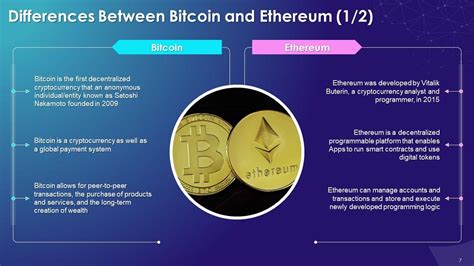- CRYPTOCURRENCY
-
by admin
Understanding of the Mempool indication of Ethereum: a deep dive
The Ethereum Community has long been fascinated by the inner layers of its mempool, a decisive part of the blockchain consensus mechanism. An often overlooked aspect of the Mempool is how transactions indicated based on various criteria. In this article we will examine the purpose of these five criteria used for indexing unconfirmed transactions in the Mempool.
The context: unconfirmed transactions and Mempool **
In Ethereum, a user must be checked by the network every time he initiates a transaction before being added to the blockchain. This process includes several steps, including validation, mining and radio. During this validation phase, unconfirmed transactions are stored in the Mempool, which is essentially a buffer for pending transactions.
Uncalstated transactions can assume different forms, such as: B. “formable” or “incomplete” transactions in which additional data are required to process the validator before they are confirmed. These formable transactions require additional work by miners to complete their processing and transfer them to the network.
The five criteria: a deeper look
In the Bitcoin source code in txmempool.H a comment is explained that unconfirmed transactions are indicated using five criteria:
MAPTX: This is a boost :: Multi_index (Boost :: container :: list) that sorts the Mempool based on these five criteria.
* Criteria 1: Working method hash

- The first criterion is the proof-of-work-hash (
proofwwork) of every transaction. Miners use this hash to check whether the transaction was dismantled by a miner who has solved a complex mathematical puzzle.
* Criteria 2: Block number
- The second criterion is the block number assigned to the transaction. This helps to narrow down the possible places where the transaction is to be broadcast.
* Criteria 3: Transaction number
- The third criterion is the number of confirmations required to confirm a transaction (“confirmations”). This ensures that all transactions are checked before they are added to the Mempool.
* Criteria 4: miners’ Hashes
- The fourth criterion is the hash of every miner who is involved in the transaction (“Minerhash”). In this way, miners can check whether they have actually dismantled the transaction correctly.
* Criteria 5: Uncestained transactions count
- The fifth criterion is the number of unconfirmed transactions connected to a certain miner (unconfirmed transaction “). This helps the miners to determine which transactions still exclude the review and ensure that they do not try unnecessary to transfer.
Diploma
In summary, the Mempool indexing system in Ethereum uses five criteria to determine the order and priority of unconfirmed transactions. These criteria help miners to optimize their mining process by priorizing transactions based on factors such as proof-of-work-hash, block number, transaction number, miner-hashes and unconfirmed transaction counts.
This understanding is crucial for the optimization of the decentralized networks of Ethereum, ensuring efficient network reinforcement management and preventing unnecessary network activities. While the Ethereum Community is developing, it is important that these indexing criteria have a deep understanding in order to obtain optimal performance and security.
Additional resources
- Further information on the Mempool architecture and indexing system from Ethereum can be found in the official documentation of Ethereum: [ female (https:/ /docs.ethereum.org/guides/eth-on-on-blocks/mempool/index.
